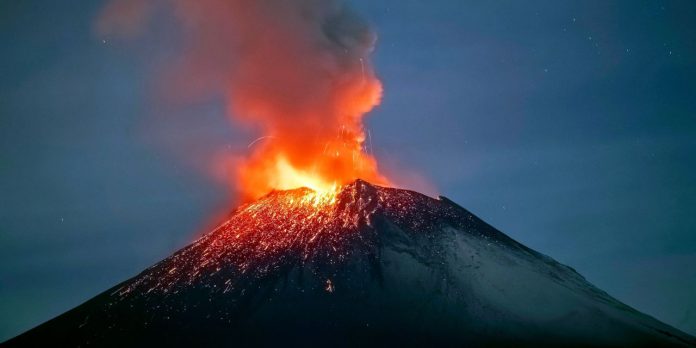Exploring the geological phenomena that shape our planet is a fascinating endeavor, and volcanic activity stands as one of the most captivating and powerful forces in nature. Over the last decade, the Earth has experienced a diverse array of volcanic events, from rumbling undersea eruptions to towering volcanic peaks spewing ash into the sky. In this blog, we’ll organize the last ten years of worldwide volcanic activity into a comprehensive table, highlighting key events that have left their mark on our planet.
Table of Contents
ToggleVolcanic Activity Table (2013-2023)
Let’s break down the global volcanic activity from the past decade into a structured and informative table. Please note that the information provided here is a condensed overview, and specific details about each event can be further explored through scientific journals and geological reports.
| Year | Volcano Name | Location | Type of Eruption | Impact/Notable Consequences |
|---|---|---|---|---|
| 2013 | Mt. Sinabung | Indonesia | Explosive | Evacuations and ash clouds affecting regional air travel. |
| 2014 | Bárðarbunga | Iceland | Effusive | Lava flow and potential disruptions to air travel in Europe. |
| 2015 | Calbuco | Chile | Explosive | Ash plumes affecting air traffic and local evacuations. |
| 2016 | Nevados de Chillán | Chile | Phreatic | Increased volcanic activity leading to heightened monitoring. |
| 2017 | Mount Agung | Indonesia | Explosive | Large-scale evacuations and disruptions to Bali’s tourism. |
| 2018 | Kilauea | Hawaii, USA | Effusive | Lava flows, destruction of homes, and reshaping of the island’s landscape. |
| 2019 | Whakaari / White Island | New Zealand | Phreatic | Tragic eruption during a tourist visit resulting in multiple fatalities. |
| 2020 | Taal | Philippines | Phreatomagmatic | Evacuations due to ashfall and disruptions in Manila. |
| 2021 | La Soufrière | Saint Vincent and the Grenadines | Explosive | Evacuations and regional ashfall affecting air travel. |
| 2022 | Tonga | Hunga Tonga-Hunga Ha’apai | Submarine | Tsunami generated by the eruption impacting coastal regions. |
Insights and Trends
As we examine the table summarizing the last ten years of volcanic activity, several trends and insights emerge. One notable observation is the diverse range of eruption types, from explosive events generating ash plumes to effusive eruptions leading to lava flows. The geographical distribution also highlights the global nature of volcanic activity, with eruptions occurring in regions such as the Pacific Ring of Fire, the Mediterranean, and the Atlantic.
Additionally, the impact of volcanic activity extends beyond immediate geological consequences. Evacuations, disruptions to air travel, and tragic incidents, as seen in the Whakaari eruption, emphasize the real-world implications of these natural events. The increased global connectivity also means that the effects of volcanic eruptions can be felt far beyond their immediate vicinity.
Scientific Importance and Preparedness
Understanding and documenting volcanic activity is crucial for scientific research and public safety. Monitoring systems, early warning mechanisms, and international collaboration have become integral in mitigating the impact of volcanic events on communities. Advancements in technology, such as satellite monitoring and ground-based sensors, contribute to more accurate predictions and timely responses.
As we reflect on the last decade of volcanic activity, it becomes evident that ongoing research and preparedness efforts are essential. The dynamic nature of our planet requires continuous monitoring and adaptation to better comprehend and respond to volcanic phenomena.
A Decade in Review
Organizing the last ten years of worldwide volcanic activity into a comprehensive table provides a snapshot of the Earth’s dynamic and ever-changing nature. From the towering peaks of the Andes to the remote islands of the Pacific, volcanic activity reminds us of the awe-inspiring power and unpredictability of our planet.
As we move forward into the next decade, the lessons learned from past eruptions will undoubtedly shape our approach to understanding, mitigating, and adapting to volcanic activity. The global scientific community, in collaboration with governments and communities, plays a crucial role in safeguarding lives and fostering a deeper understanding of the geological wonders that surround us.
Here’s to a future of continued exploration, scientific discovery, and a deeper appreciation for the forces that shape our world.








